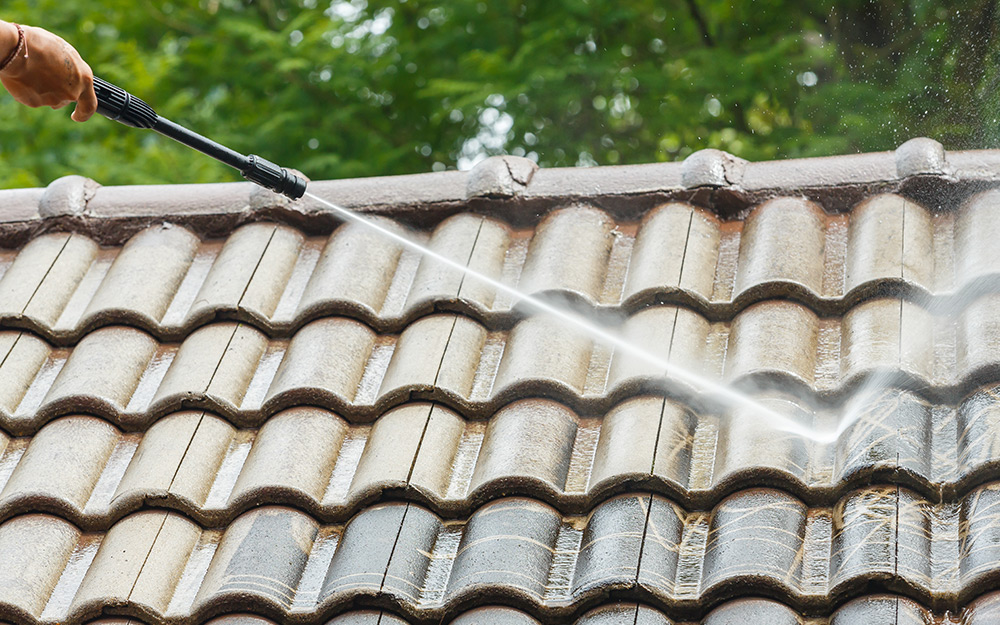
Understanding and Tackling the Challenge: Fixing a Leaking Roof
Roof leaks can be a homeowner’s nightmare, leading to water damage, mold growth, and compromised structural integrity. In this comprehensive guide, we’ll explore the common causes of a leaking roof and provide DIY solutions to address the issue promptly and effectively.
Identifying the Culprits: Common Causes of Roof Leaks
Before diving into repairs, understanding the potential causes of a leaking roof is crucial. Common culprits include damaged or missing shingles, cracked flashing around chimneys or vents, clogged gutters, and even age-related wear and tear. Identifying these issues is the first step toward a successful repair.
Assessing the Damage: Interior Inspection
While the source of a roof leak may be evident in the attic, it’s essential to conduct a thorough interior inspection. Look for water stains on ceilings and walls, peeling paint, or warped drywall. Pinpointing the exact location of water entry will guide your repair efforts.
DIY Repair Solutions: Patching up the Leaks
For minor roof leaks, DIY solutions can often save the day. Start by replacing damaged or missing shingles. Use roofing cement to secure loose shingles and seal any gaps. Cracked flashing can be patched with roofing sealant, while clogged gutters should be cleared to ensure proper water drainage.
To learn more about effective DIY solutions for repairing a leaking roof, visit Repair a Leaking Roof.
Addressing Flashing Issues: Ensuring a Watertight Seal
Flashing, the thin pieces of metal installed around roof penetrations, is crucial for preventing leaks. Over time, flashing can degrade or become displaced, allowing water to seep through. Check the flashing around chimneys, vents, and skylights, and replace or reseal any damaged sections to maintain a watertight seal.
Gutter Maintenance: Preventing Future Leaks
Clogged gutters can contribute significantly to roof leaks by preventing proper water drainage. Regularly clean your gutters, removing leaves, debris, and any other obstructions. Consider installing gutter guards to minimize the accumulation of debris and reduce the likelihood of future leaks.
DIY Roof Inspection: Stay Proactive
Regular roof inspections are essential for catching potential issues before they escalate into major leaks. Perform visual checks from the ground using binoculars and schedule more thorough inspections at least twice a year. Look for signs of wear and tear, damaged shingles, and any areas where water might penetrate.
When to Seek Professional Help: Knowing Your Limits
While many roof repairs can be tackled as DIY projects, there are instances where professional assistance is necessary. If your roof has sustained extensive damage, or if you’re uncomfortable working at heights, it’s best to enlist the expertise of a roofing professional. They can assess the situation accurately and provide a long-lasting solution.
The Importance of Timely Repairs: Preserving Home Value
Addressing a leaking roof promptly is not just about preventing immediate damage; it’s also about preserving the long-term value of your home. Water damage can lead to structural issues and compromise the integrity of your property. By tackling leaks as soon as they arise, you’re safeguarding your investment and ensuring the longevity of your home.
Conclusion: A Proactive Approach to Roof Health
A leaking roof is a concern that demands immediate attention. Understanding the common causes, conducting regular inspections, and implementing timely DIY repairs are key to preserving the integrity of your home. Whether you’re patching up shingles, addressing flashing issues, or maintaining your gutters, a proactive approach to roof health ensures a dry and secure home for years to come.










